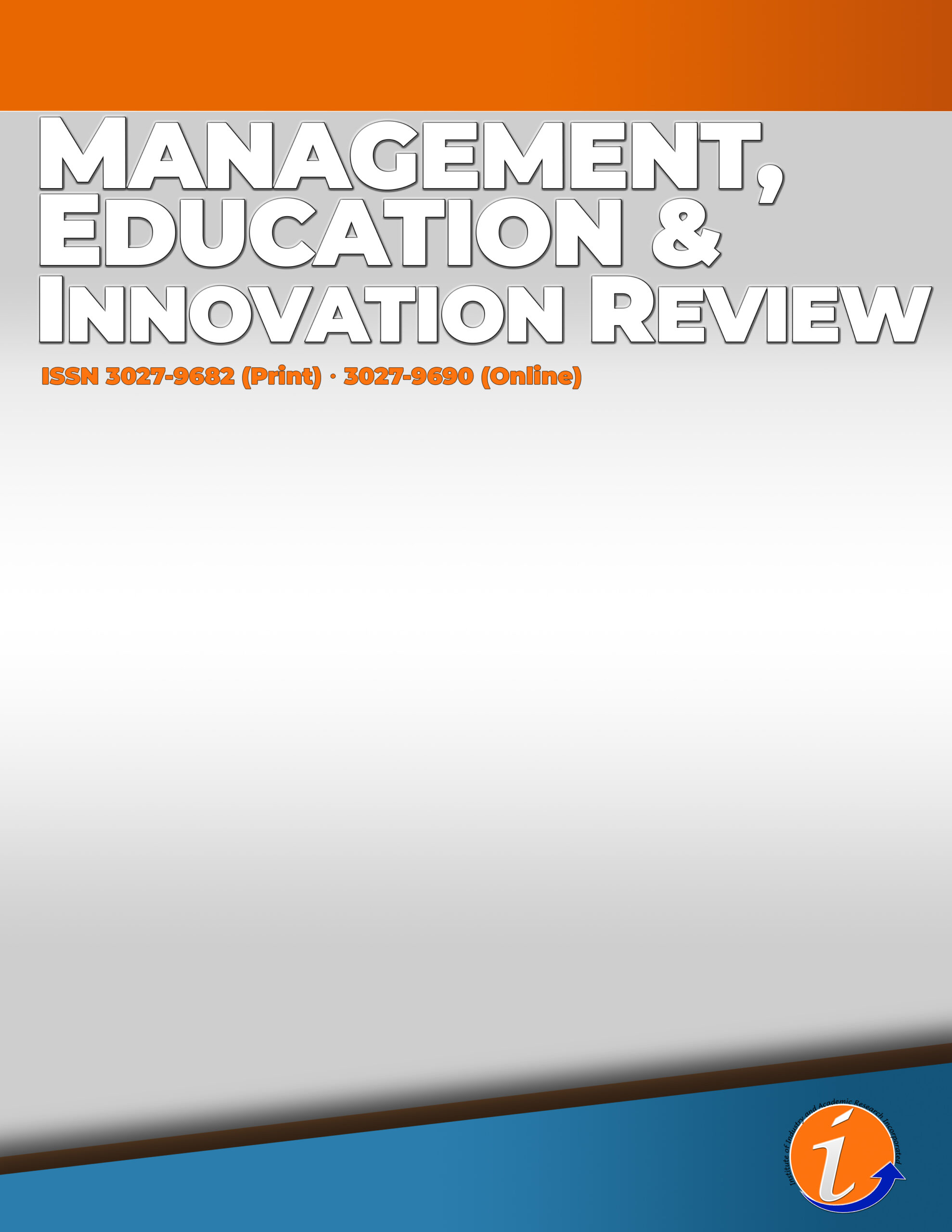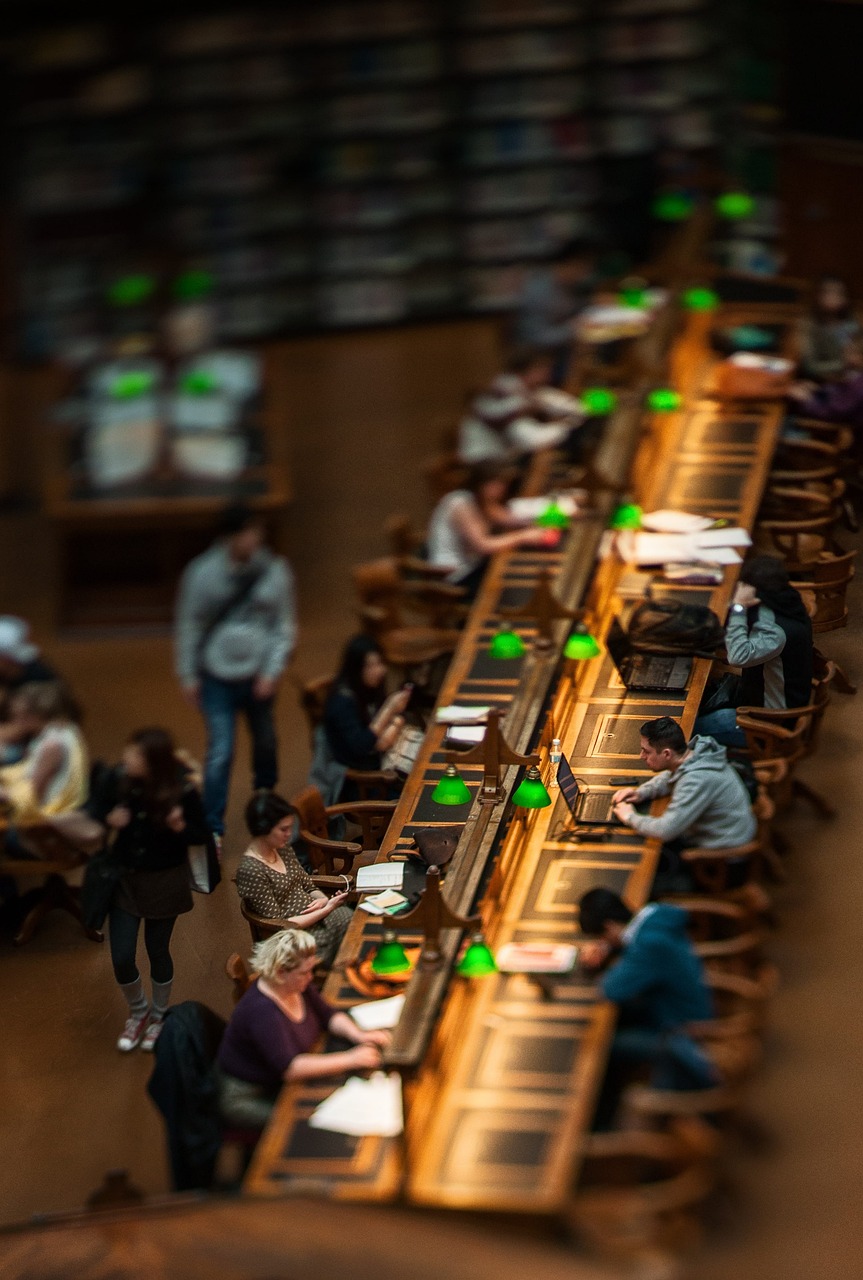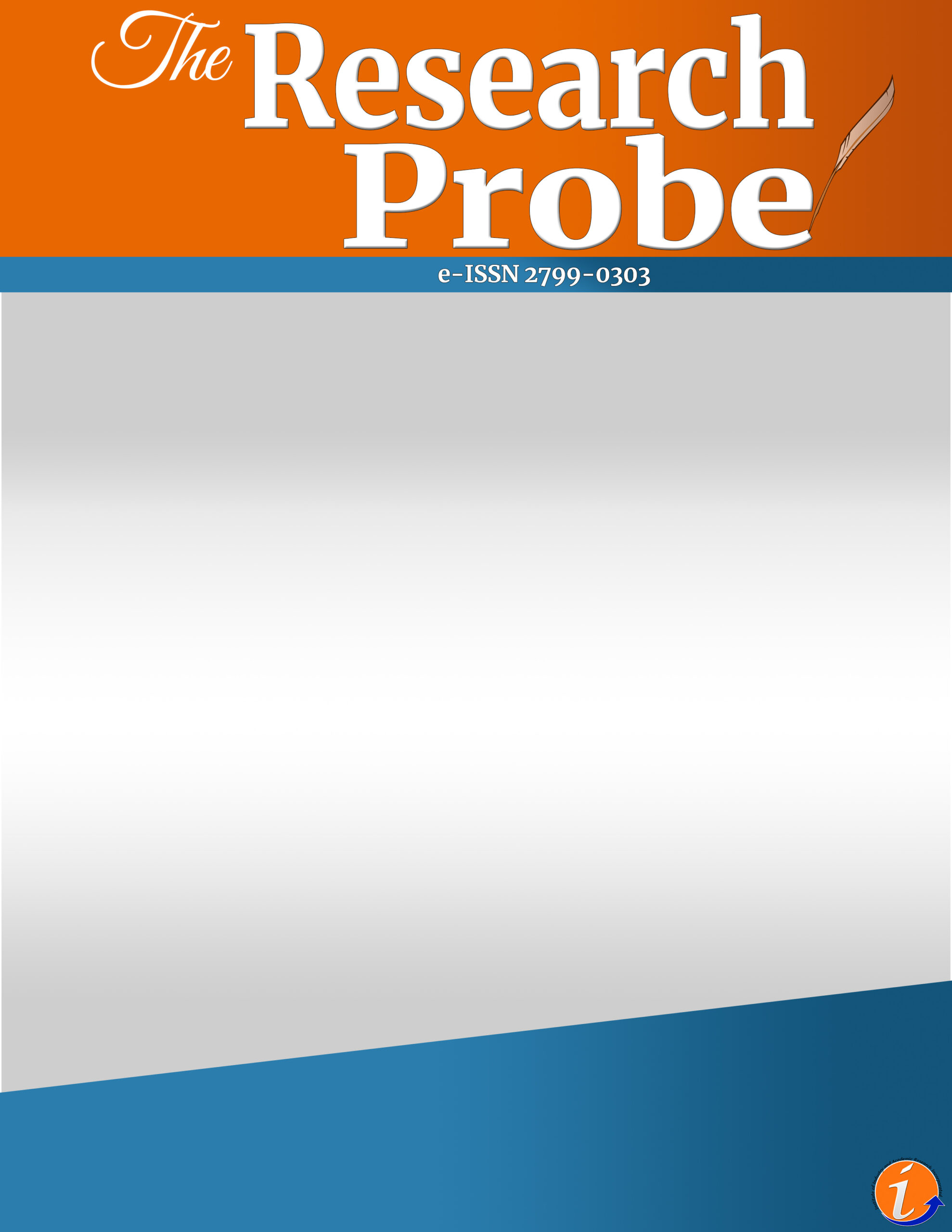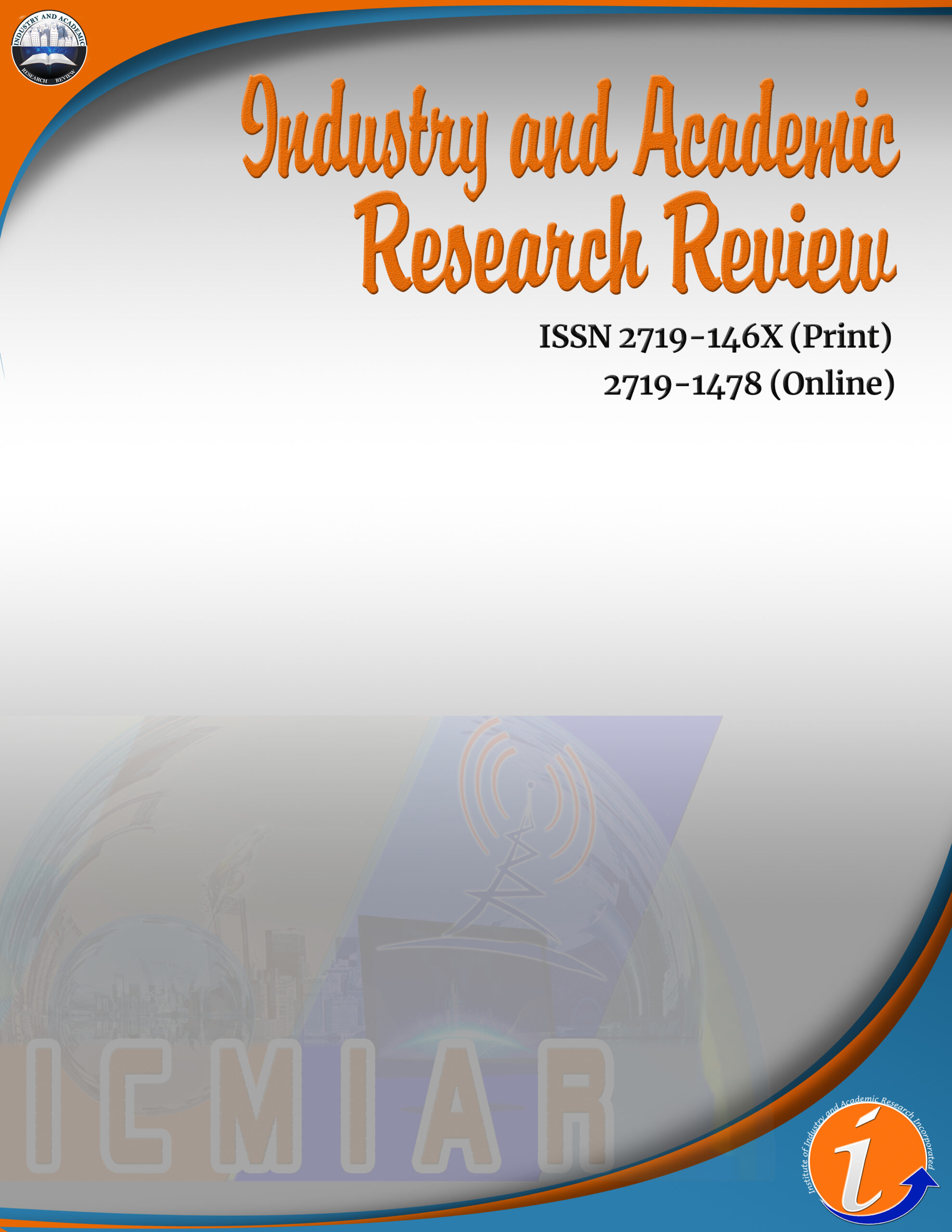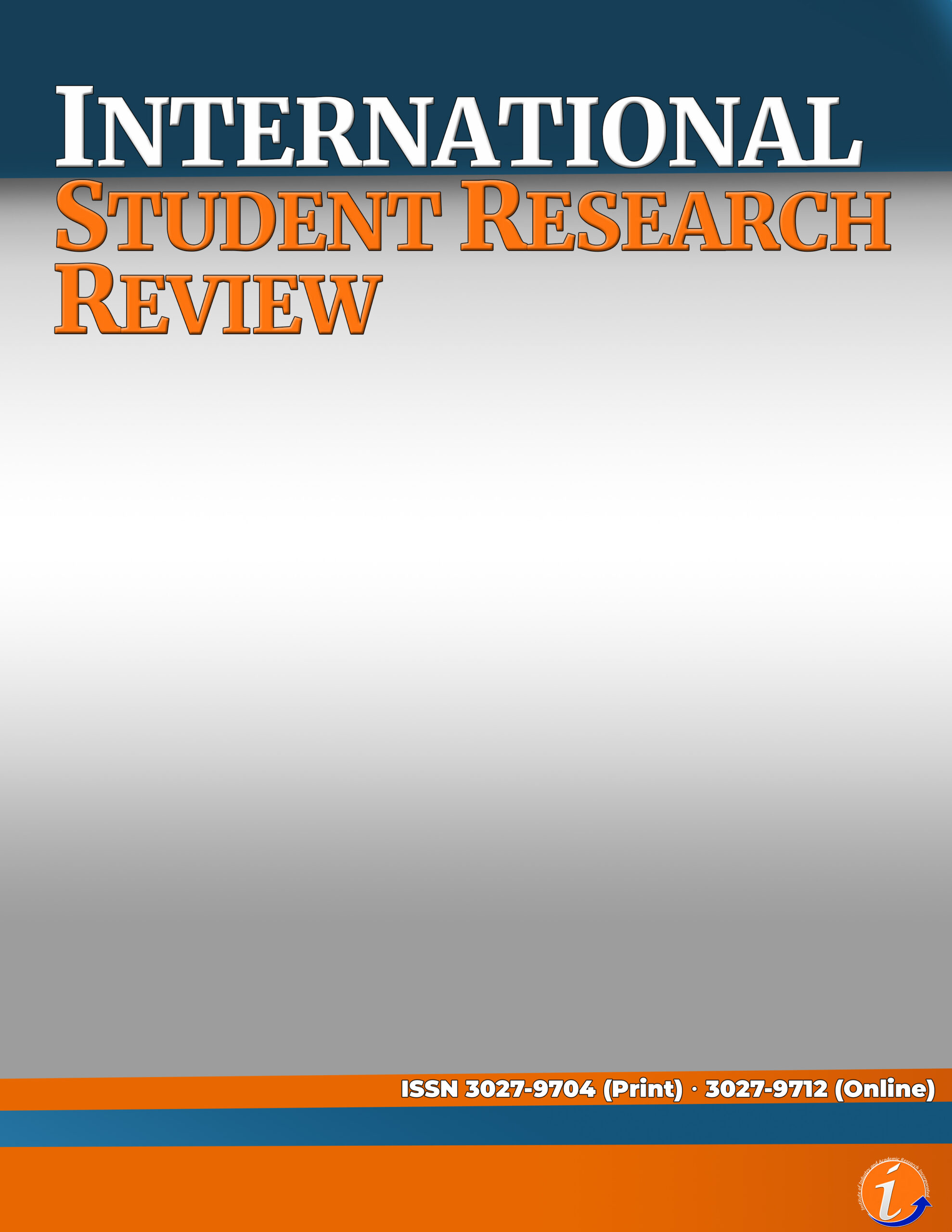This study assessed the knowledge and usage of the 379 higher education institution (HEIs) students on artificial intelligence (AI). It was conducted in the Province of Capiz during the school year 2023-2024 using descriptive statistics such as percentage, mean, and standard deviation to analyze descriptive data and inferential statistics like Mann—Whitney U-Test and Kruskal Wallis H-Test to analyze significant differences among variables and Spearman rho to establish the relationship among variables. Results of the study revealed that as a whole, in terms of item statements, and when grouped according to personal–related variables, they are more knowledgeable on AI with moderate usage level. In addition, the participants’ usage of AI for learning significantly differed when grouped according to the mother's occupation and residence. Students who had government-employed mothers living in urban areas had a higher probability of using AI tools and applications than their student counterparts. Even though students are knowledgeable about AI, they moderate their use. However, the study shows the disparity on the availability of AI resources based on socio-demographics.
artificial intelligence, knowledge, usage, higher education
Jelly L. Paredes. Doctor of Education, Program Chair (BSCS Department), Capiz State University-Mambusao Satellite College.
Maria Aurora G. Victoriano. Corresponding author. Doctor of Philosophy, Program Chair (BAEL Department), Capiz State University-Mambusao Satellite College. Email: victorianoauh@gmail.com
No potential conflict of interest was reported by the author(s).
This work was not supported by any funding.
The author declares the use of Artificial Intelligence (AI) in writing this paper. In particular, the author used OpenAI, Elicit, and Quillbot in finding literature and other materials. The author takes full responsibility for ensuring that research ideas, analysis, and interpretations are original work.
This paper is presented in the 2nd International Conference on Management, Education & Innovation (ICMEI) 2025
Allen, M. (2014). The SAGE encyclopedia of communication research methods (Vols. 1–4). https://doi.org/10.4135/9781483381411
Amiri, S. M. H., Islam, M. M., & Hossen, M. S. (2025). The role of artificial intelligence in shaping future education policies. Education Journal, 14(1), 32–38. https://doi.org/10.11648/j.edu.20251401.14
Asirit, L. B. L., & Hua, J. H. (2023). Converging perspectives: Assessing AI readiness and utilization in Philippine higher education. Polaris Global Journal of Scholarly Research and Trends, 2(3), 1–50.
Baker, T., & Smith, L. (2019). Educ-AI-tion rebooted? Exploring the future of artificial intelligence in schools and colleges. Nesta Foundation. https://media.nesta.org.uk/documents/Future_of_AI_and_education_v5_WEB.pdf
Bharati, K. F. (2017). A survey on artificial intelligence and its applications. International Journal of Innovative Research in Computer and Communication Engineering, 5(60), 11614–11619.
Cao, Y., Abdul Aziz, A., & Mohd Arshard, W. N. (2023). University students’ perspectives on artificial intelligence: A survey of attitudes and awareness among interior architecture students. International Journal of Educational Research and Innovation, 20, 1–21. https://doi.org/10.46661/ijeri.8429
Doumat, G., Daher, D., Ghanem, N., & Khater, B. (2022). Knowledge and attitudes of medical students in Lebanon toward artificial intelligence: A national survey study. Frontiers in Artificial Intelligence. https://doi.org/10.3389/frai.2022.10-3389
Fourtane, S. (2023). Student perspectives on artificial intelligence in academia. Fierce Education. https://www.fiercetelecom.com/student-engagement/ai-assisted-technologies-are-increasing-critical-thinking-skills
Garrote Jurado, R., & Zwierewicz, M. (2023). Students’ attitudes to the use of artificial intelligence. ICERI2023 16th International Conference of Education, Research and Innovation. https://doi.org/10.21125/iceri.2023
Hartley, T., & Padfield, J. (2023). AI in education: Surveying parents in 2023. Doodle Learning. https://doodlelearning.com/us/math/guides/ai-in-education
Hinojo-Lucena, F.-J., Aznar-Díaz, I., Cáceres-Reche, M.-P., & Romero-Rodríguez, J.-M. (2019). Artificial intelligence in higher education: A bibliometric study on its impact in the scientific literature. Education Sciences, 9(1), 51. https://doi.org/10.3390/educsci9010051
Ikedinachi, A. P., Misra, S., Assibong, P. A., Olu-Owolabi, E. F., Maskeliūnas, R., & Damasevicius, R. (2019). Artificial intelligence, smart classrooms and online education in the 21st century: Implications for human development. Journal of Cases on Information Technology (JCIT), 21(3), 66–79.
Luckin, R., Holmes, W., Griffiths, M., & Forcier, L. (2016). Intelligence unleashed: An argument for AI in education. Pearson.
Mikalef, P., & Gupta, M. (2021). Artificial intelligence capability: Conceptualization, measurement calibration, and empirical study on its impact on organizational creativity and firm performance. Information and Management, 58(3), 103434. https://doi.org/10.1016/j.im.2021.103434
Pinto Dos Santos, D., Giese, D., & Brodehl, S. (2019). Medical students’ attitude towards artificial intelligence: A multicentre survey. European Radiology, 29(4), 1640–1646. http://link.springer.com/10.1007/s00330-018-5601-1
Popenici, S. A., & Kerr, S. (2017). Exploring the impact of artificial intelligence on teaching and learning in higher education. Research and Practice in Technology Enhanced Learning, 12(1), 1–13. https://doi.org/10.1186/s41039-017-0062-8
Robledo, D., Zara, C., Montalbo, S., Gayeta, N., Gonzales, A., Escarez, M., & Maalihan, E. (2023). Development and validation of a survey instrument on knowledge, attitude, and practices (KAP) regarding the educational use of ChatGPT among preservice teachers in the Philippines. International Journal of Information and Education Technology, 13(10). https://doi.org/10.18178/ijiet.2023.13.10.1965
Sousa, V., Driessnack, M., Amélia, I., & Mendes, C. (2007). An overview of research designs relevant to nursing: Part 1: Quantitative research designs. Revista da Escola de Enfermagem da USP, 41(3), 502–509. https://doi.org/10.1590/S0104-11692007000300022
Tang, C. (2023). Innovative technology and operations for alleviating poverty through women’s economic empowerment. Production and Operations Management, 31(1), 32–45.
Teich, A. (2023). Higher education leaders explore impact of generative AI. Fierce Education. https://www.fiercetelecom.com/student-engagement/higher-education-leaders-explore-impact-generative-ai
Truong, N. (2023). Healthcare students’ knowledge, attitudes, and perspectives toward artificial intelligence in Southern Vietnam. (Unpublished manuscript or source without full publication info—add publisher or link if available).
Vieriu, A. M., & Petrea, G. (2025). The Impact of Artificial Intelligence (AI) on Students’ Academic Development. Education Sciences, 15(3), 343. https://doi.org/10.3390/educsci15030343
Walter, Y. (2024). Embracing the future of Artificial Intelligence in the classroom: the relevance of AI literacy, prompt engineering, and critical thinking in modern education. Int J Educ Technol High Educ 21, 15. https://doi.org/10.1186/s41239-024-00448-3
Wang, S., Wang, F., Zhu, Z., Wang, J., Tran, T. & Du, Z. (2024). Artificial intelligence in education: A systematic literature review. Expert Systems with Applications, 252, 124167. https://doi.org/10.1016/j.eswa.2024.124167
Xia, Q., Chiu, T., & Chai, C. (2022). The moderating effects of gender and need satisfaction on self-regulated learning through artificial intelligence (AI). Education and Information Technologies, 28(4). https://doi.org/10.1007/s10639-022-11547-x
Zawacki-Richter, O., Marín, V.I., & Bond, M. (2019). Systematic review of research on artificial intelligence applications in higher education – where are the educators? Int J Educ Technol High Educ 16, 39. https://doi.org/10.1186/s41239-019-0171-0
Cite this article:
Paredes, J.L. & Victoriano, M.A.G. (2025). Students’ knowledge and usage of artificial intelligence in higher education institutions. Management, Education & Innovation Review, 2(1), 158-182. https://doi.org/10.53378/meir.161
License:
![]()
This work is licensed under a Creative Commons Attribution (CC BY 4.0) International License.




